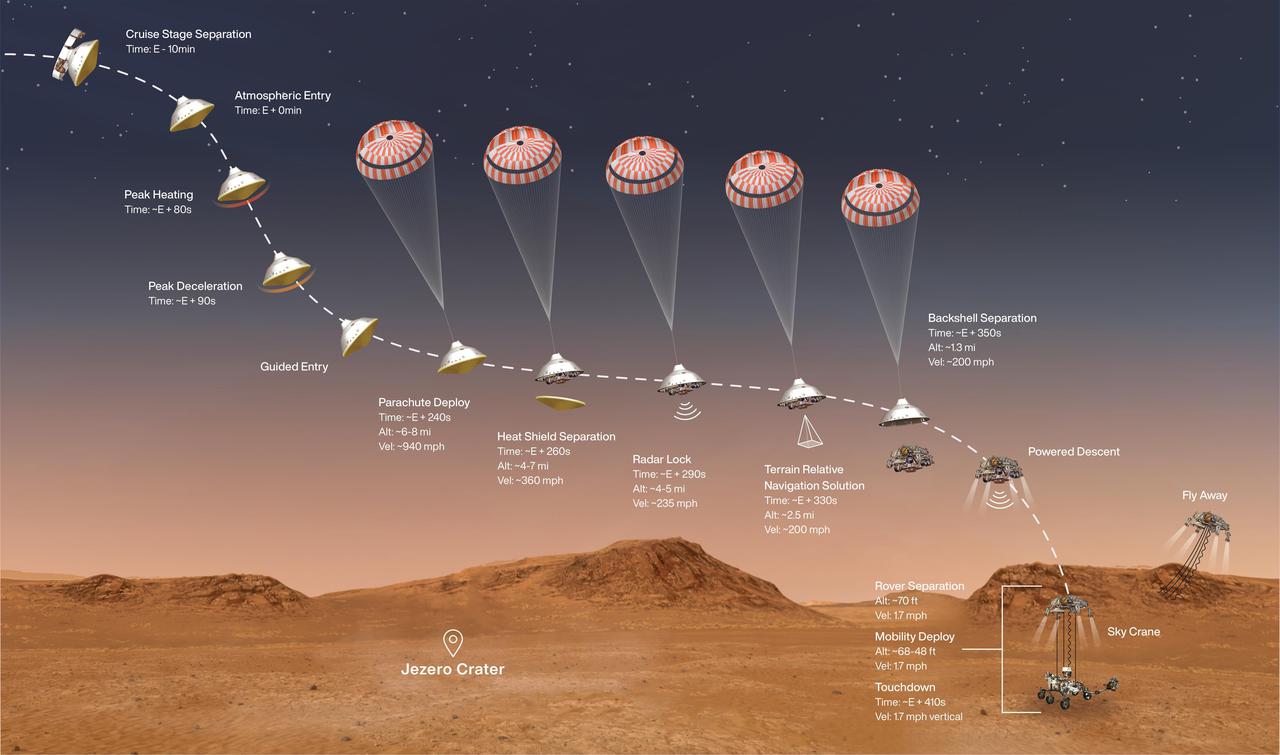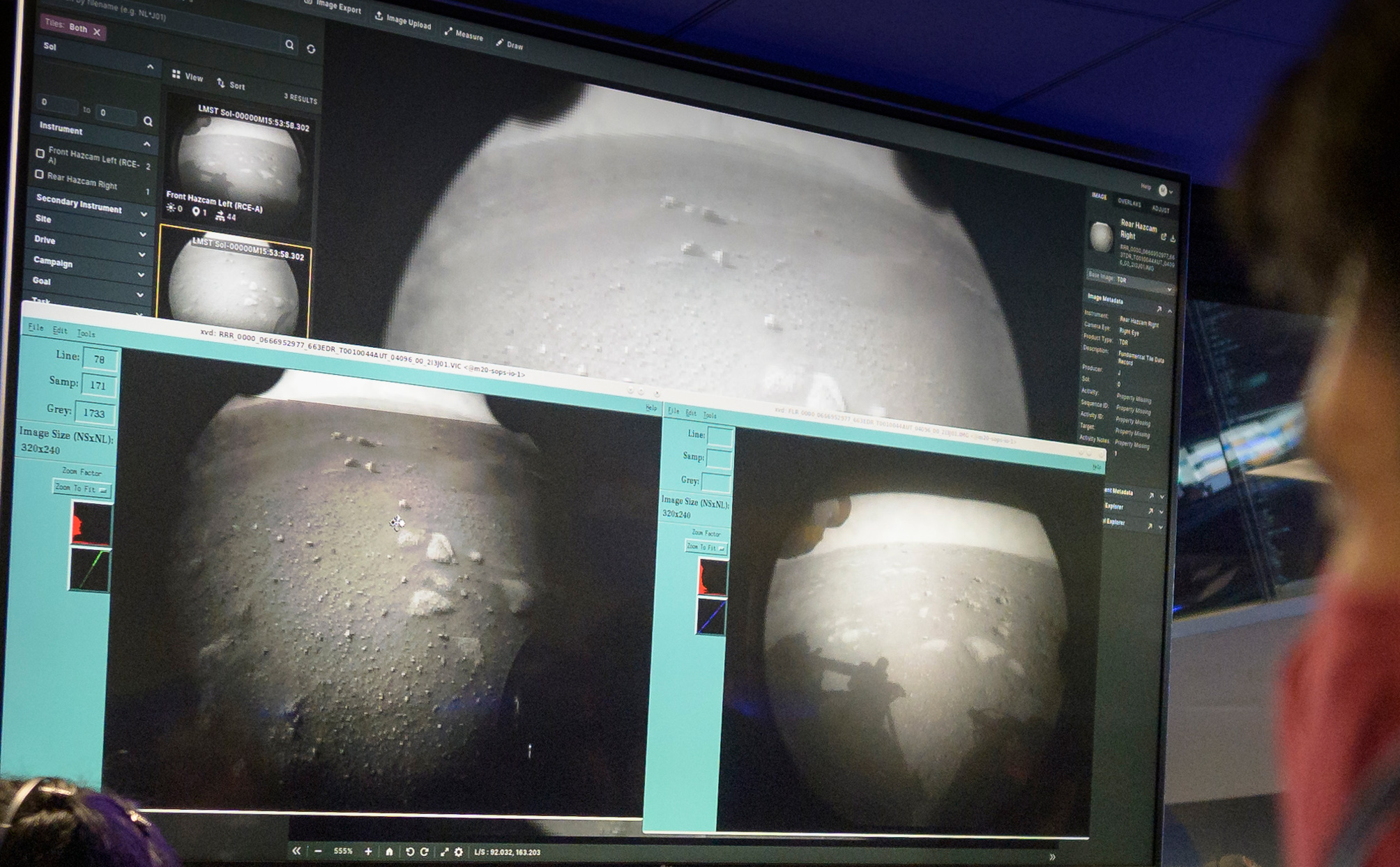Perseverance on Mars!
NASA Streams Extraterrestrial Landing
New Rover on the Red Planet

NASA views first photo from Mars

Streamed video of Perseverance landing
Would that Dr. Sagan had lived to see it!
One man Who's Got Something to Say About That


Would that Dr. Sagan had lived to see it!
And, perhaps unintentionally, how the parched interior of Australia is isolated from it all.
I would love to get a version of this as a screensaver for my computer. But I wish they had found a better soundtrack.
The official text on the NASA Goddard Facebook page is as follows:
The far side of the moon, like the side we can see from Earth, goes through a complete cycle of phases. But unlike the side we can see, the terrain of the far side is quite different. Learn more: http://go.nasa.gov/1KcDj1C & www.nasa.gov/lro
The far side of the moon lacks the large dark spots, called maria, that make up the familiar Man in the Moon on the near side. Instead, craters of all sizes crowd together over the entire far side. The far side is also home to one of the largest and oldest impact features in the solar system, the South Pole-Aitken basin, visible here as a slightly darker bruise covering the bottom third of the disk.
The far side was first seen in a handful of grainy images returned by the Soviet Luna 3 probe, which swung around the Moon in October, 1959. The Lunar Reconnaissance Orbiter, or LRO, was launched fifty years later, and since then it has returned hundreds of terabytes of data, allowing LRO scientists to create extremely detailed and accurate maps of the far side. Those maps were used to create the imagery seen here.
More on the NASA Goddard Facebook page found HERE